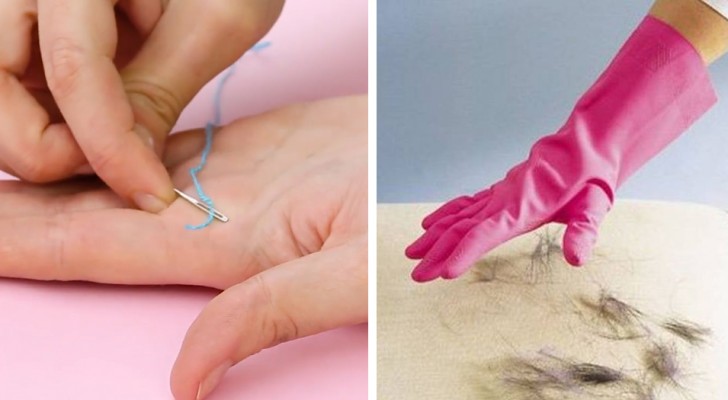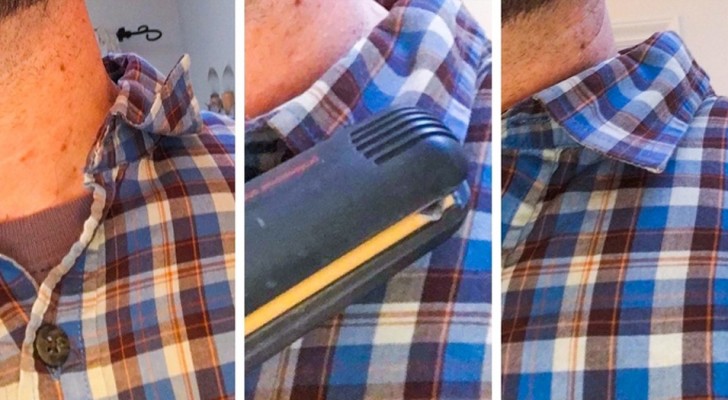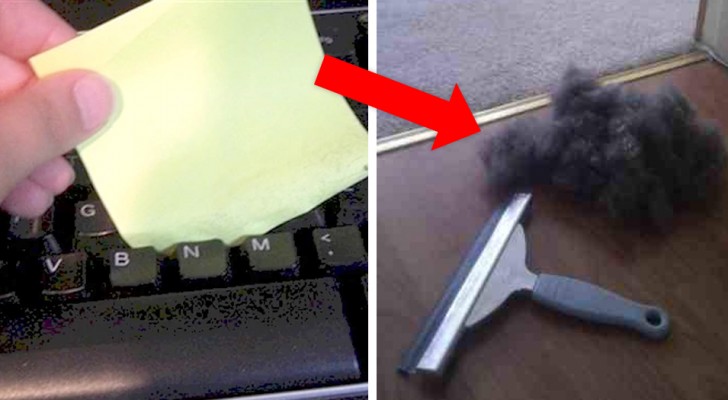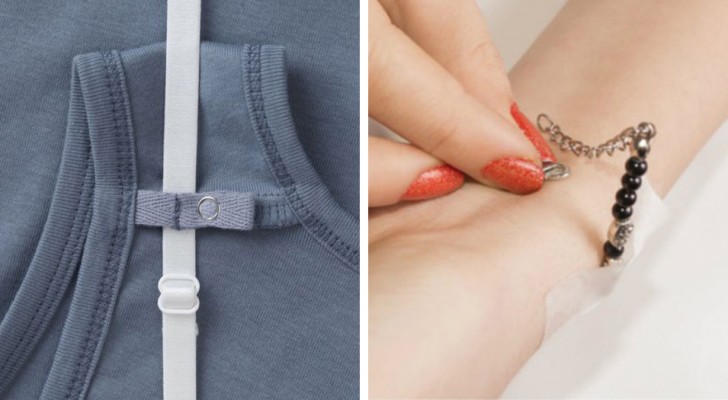Why wrap electronic car keys in aluminum foil? A former police officer explains the reason

Over the years we have witnessed considerable technological progress in all fields and sectors. This has certainly brought about big changes, but even the “smaller” changes have impacted in our lives. Take modern cars for example: they are now equipped with unique functions that make driving more comfortable, easier and safer. Even simple car keys have undergone improvements: in the most recent models, there is no longer any "physical keys" (which were similar to those we use to unlock the door of our homes). Now, most car keys are remote controls.
These keys contain a chip which is needed to unlock the car doors and... even start the vehicle. But is this technology actually secure?
via Foxnews
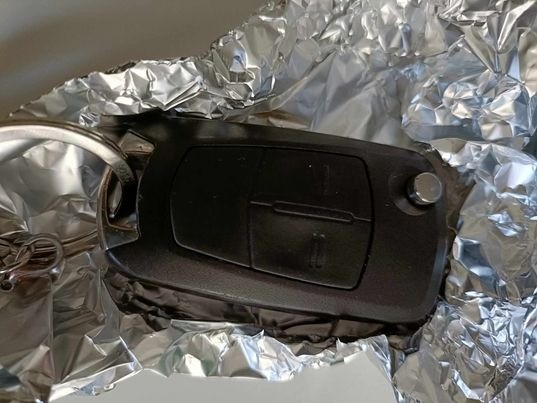
Psycode/GuardaCheVideo
To answer this question, we must first understand - at a basic level - how this technology works: basically, every remote control works with a chip that emits an electronic "impulse" which is unique to our car. The remote's control chip and one placed inside the the car "communicate" with each other and, if they get a "match", all the car's functions are unlocked (including the doors).
The strength of this technology is that every time the remote control button is pressed, a code is randomly generated and so it is not possible for a thief to "intercept" are mimic the remote's signal.
But the signal can actually be "captured" by those who are skilled enough and have the right technology to do so: in short, there are ways thieves can defeat this system. So, what can be done about this risk?

A former police officer has revealed some "tips" to ensure that the signal from our remote control is not "hijacked" by criminals - read on to find out more:
The tip relates to "shielding" the remote control, or make it "impervious" to other signals. So what is this tip? Well, there are actually several things you can do. For instance, you can place the remove in a refrigerator or a microwave. This works because the multiple layers of metal shield the remote from incoming signals, effectively isolating the remote. But be careful: a refrigerator is not a great place for an electronic device and using the microwave oven for this purpose is not exactly convenient (and, of course, never turn the oven on while the remote is inside!).
A more practical solution is to wrap the remote in aluminum foil. The principle is the same as those described above: aluminum foil can shield the remote from any incoming signals.
So, keeping your electronic remote control wrapped in aluminum foil could be a winning solution to defeat "criminal technological attacks". However, you need to remember to remove the foil when you want to use the remote.

